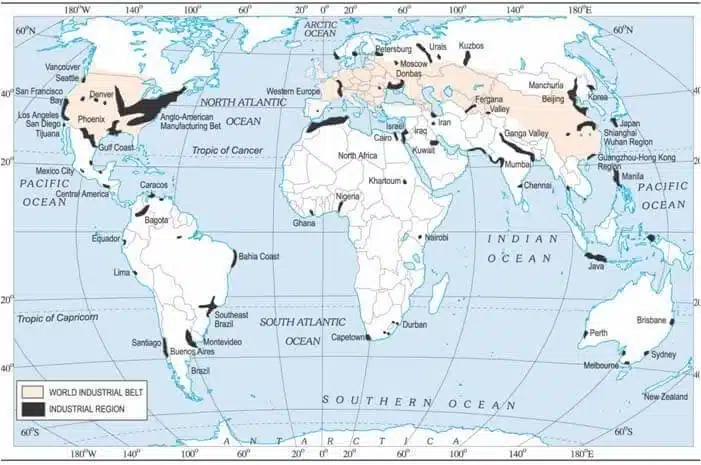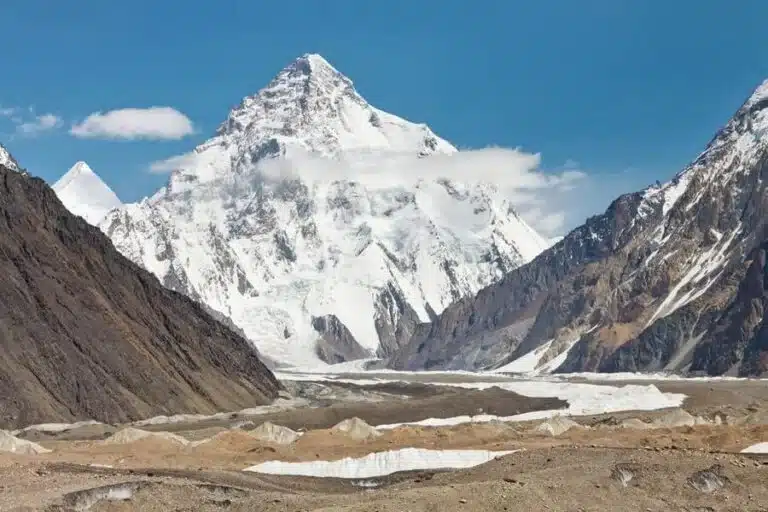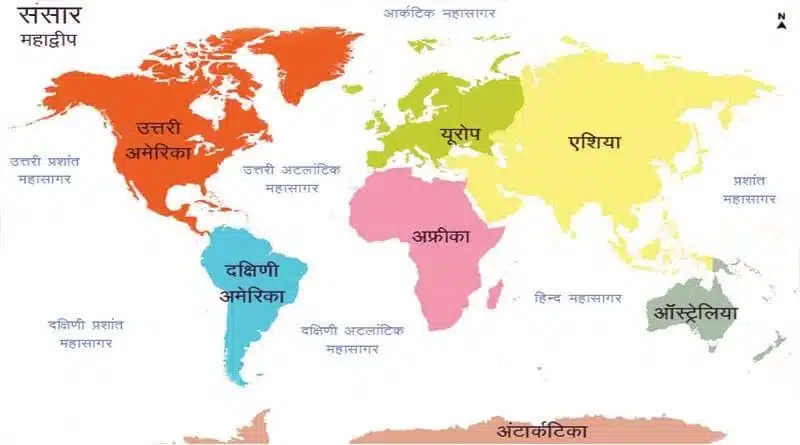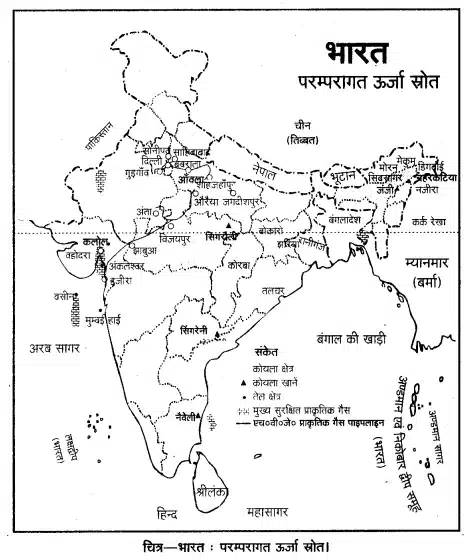What Is Earth » Age, Radius, Earth Plates, Rotation, Warming
What is Earth » Earth is the third planet from the Sun in our solar system and the only known celestial body to support life. It is the fifth-largest planet by diameter and the densest of all the planets.

Scales Of The Universe » This Distance Is Equal To 9.46 X 1015 M Or 9500 Billion Km. Light Year Is The Unit Of Distance. 1 Parsec = 3.26 Light Years
The Size Of The Earth
- The Shape Of The Earth Is In The Form Of A Sphere Which Is Fixed At The Poles. It Appears To Inflate Slightly From The Poles Towards The Equator.
- This Viscosity Is Due To The Centripetal Force Of The Earth.
- The Actual Size Of The Earth Is ‘Geoid’, Which Means The Earth Is The Size Of The Earth .
Earth » Perihelion
Nearest Position From The Sun. Earth Comes To This Position On January 3 Each Year. This Distance Is About 147 Million Km From The Sun.
Earth » Aphelion
- Farthest Position From The Sun. Earth Comes To This Position On 4 June Every Year When It Is At A Distance Of 152 Million Km From The Sun.
- The Earth Rotates On Its Axis From West To East, That Is, Counter-Clockwise. It Takes 23 Hours, 56 Minutes And 4.09 Seconds To Complete One Rotation.
- Day And Night Occur On Earth Due To Daily Motion.
- Because Of Its Rotation On Its Axis, The Shape Of The Earth Is Not A Perfect Sphere.
- The Period Of Rotation On The Polar Axes Is Called A Constellation Day.
Earth » Revolutions ( Annual Speed )
- The Earth Revolves Around The Sun At A Speed Of 100,000 Km/H. It Takes 365 Days And 6 Hours To Complete One Revolution.
- This Additional Time Of 6 Hours Is Added To The Month Of February, Giving The Month Of February 29 Days Every Four Years. In This Way, Every Four Years There Is A Year Of 366 Days, Which Is Called A Leap Year.
- The Earth Attains Four Critical Positions While Orbiting The Sun.
- This Is Due To The Tilt Of The Earth On Its Axis.
- These Are Called Solstices And Equinoxes, On June 21, The Rays Of The Sun Fall Vertically On The Tropic Of Cancer. This Is Called The Summer Solstice.
- At This Time There Is Continuous Day At The North Pole And Continuous Night At The South Pole.
- On December 22, The Vertical Rays Of The Sun Fall On The Tropic Of Capricorn. This Is Called The Cold Solstice. Since The Earth’s Path Of Revolution Is Elliptical, The Distance Between The Earth And The Sun Varies.
- On 21st March And 23rd September The Position Of The Earth Is Such When The Sun’s Rays Are Read Vertically At The Equator. On This Date Day And Night Are Equal All Over The World. This Position Is Called The Equinoxes.
- The Vernal Equinox Occurs On 21 March And The Autumnal Equinox On 23 September.
| Theories/Concepts | Scientist/Philosopher |
|---|---|
| Gaseous Hypothesis | Immanuel Kant |
| Nebula Hypothesis | Laplace |
| Planetary Hypothesis | Chamberlin And Moulton |
| Tidal Hypothesis | Jeans & Jefferies |
| Dual Hypothesis | Russell |
| Supernova Hypothesis | Hoyle |
| Interstellar Dust Hypothesis | Autoshmid |
| Shephid Hypothesis | A C Banerjee |
| Jupiter-Sun Duality Hypothesis | Droboshevsky |
| The Big Bang Theory | Georges Lematre |
















